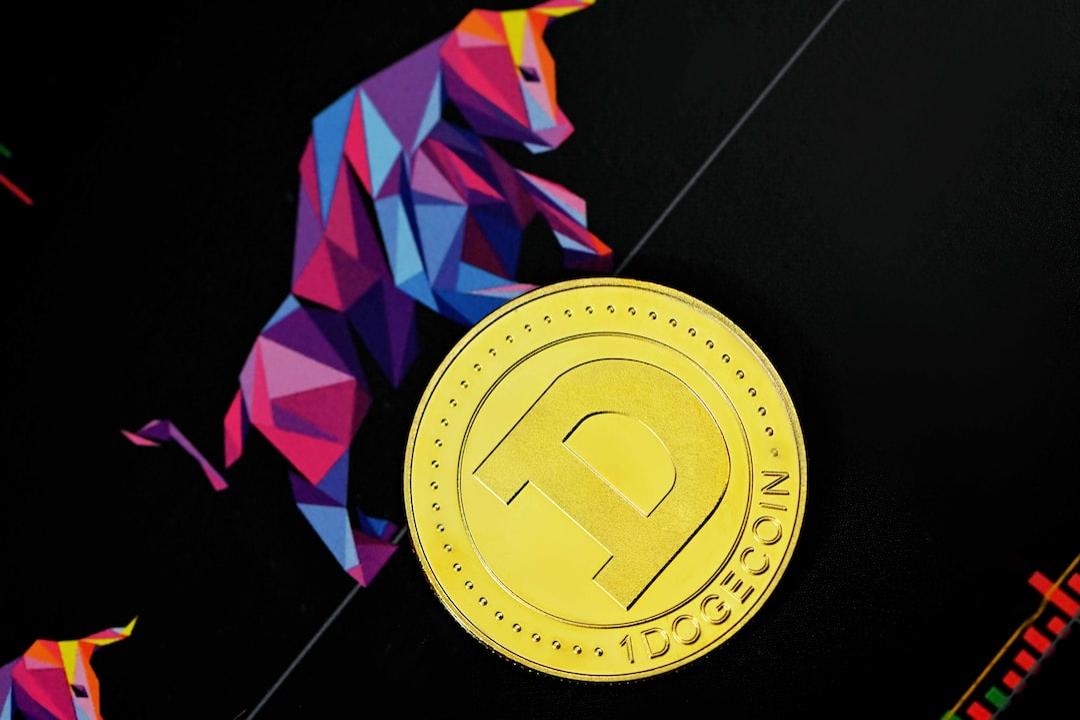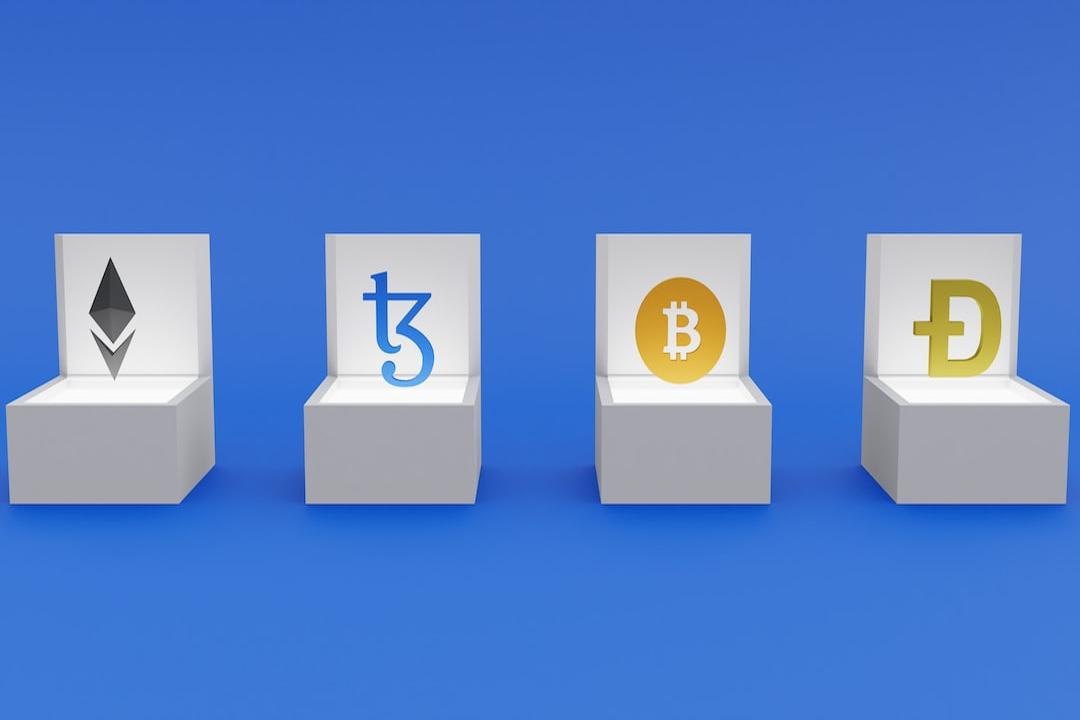Circle and Stripe Compete to Build a Blockchain: Is the “AWS Moment” for Payment Infrastructure Here?
According to a report by Fortune, Stripe and Paradigm may be collaborating to develop a blockchain focused on payments, although this has yet to be officially confirmed. If the news is true, what does it signify?
Let’s take a global view. Currently, payment infrastructure remains highly customized, fragile, and expensive to scale. If you believe that artificial intelligence will accelerate transaction volume growth and agree with the notion that “money is becoming software,” the conclusion is clear:
A payment-native blockchain is imperative. The existing infrastructure, whether on-chain or off-chain, cannot meet future demands. Stablecoins, tokenized deposits, and on-chain finance are gradually becoming a reality.
The key question is: which network can standardize the underlying technology, allowing operators to win in software competition?
The “AWS Moment” in Payment Processing
Currently, there is no universal infrastructure in the payment processing field akin to AWS. Each payment processor is redundantly constructing the same technology stack, lacking a unified public tool layer. If a shared, neutral, high-throughput payment rail could be established, it would significantly lower fixed operating costs and shift the focus of competition to software and workflow levels. Imagine such an infrastructure, but without Amazon’s involvement—truly reliable and neutral.
The existing blockchains lack payment-native functionalities. Imagine a payment processing tool with features like “EC2 for settlement,” “S3 for receipts,” and “IAM for compliance keys.” The core of this competition is not to lower transaction costs, but to increase developer efficiency while addressing pain points like fiat withdrawals.
Current high-throughput networks (such as Solana and Base) are powerful and can handle a variety of transactions including meme coins, but their multifunctionality may lead to congestion and usability difficulties in specific scenarios. For example, if a president suddenly announces a new token, it could affect the normal user experience of the network. While a Swiss Army knife is versatile, it may not serve as an ideal machete.
We have already seen some blockchain projects focusing on stablecoins, such as Tether’s Plasma, and emerging companies like Codex and Conduit, which are attempting to address issues in this area. Many teams are focusing on the same pain points, and the innovation space for payment-native blockchains is gradually expanding.
A successful blockchain requires a minimum viable feature set:
- High sustained throughput (TPS), achieving predictable final confirmation under peak loads;
- Backward compatibility with banking payment rails and message formats;
- Coverage of existing merchant distribution areas;
- Native compliance interfaces and auditability;
- Payment of fees in conventional currency (e.g., USD);
- Clear guarantees of neutrality: shared governance, limited sponsor privileges, and broad interoperability.
Having several major partners to help launch this network would be a highly effective marketing strategy, especially if it can achieve credible neutrality. I believe this is entirely feasible. (Today, Coinbase building Base is no longer a controversial topic; even JPMorgan has established a partnership with it.)
What Role Do Deposit Tokens, Banks, and Central Banks Play?
Stablecoins, deposit tokens, and central bank digital currencies (CBDCs) will coexist, addressing different issues for different demographics. All three will enter the on-chain realm.
Stablecoins provide new opportunities for non-bank institutions and organizations in the Global South to more easily access USD.
Deposit tokens help larger organizations reintegrate into the commercial banking system.
Tokenized reserves assist major banks in settling with other banks and central banks domestically and internationally.

Stablecoin settlement will present substantial opportunities for banks. Just this week, I saw a founder mention their collaborations with top-tier banks such as Deutsche Bank, Wells Fargo, Bank of America, and JPMorgan, which provide stronger structural security for their fiat withdrawal pathways.
Every bank should launch tokenized deposits: this is an obvious choice. The future of payment infrastructure is on-chain, and therefore your balance sheet should also be on-chain. I have recently spent a lot of time researching how to achieve this, so stay tuned for future installments of “Brainfood.” The answer is not found through a simple Request for Proposal (RFP).
Tokenized deposits will make stablecoins backward compatible with traditional finance (TradFi). This is crucial. If all banks offer tokenized deposits (i.e., deposits on-chain), the fiat withdrawal pathway will no longer be necessary. This is key to achieving backward compatibility.
This is distinctly different from the era of Banking as a Service (BaaS). In that era, small banks engaged in “innovative activities” yet became significant risks to fintech companies and the stablecoin ecosystem. Today, we have dedicated regulations for stablecoins, attracting large banks to join and promoting robust industry development.
Yes, because this is a business opportunity. But the key is that this business opportunity comes with a clear regulatory framework.
Can Open Systems Survive in a Branded Track?
A major concern is that initiatives like the “Stripe Chain” and related efforts by platforms such as Robinhood and Coinbase may re-centralize the internet, seemingly contradicting the original intention of on-chain finance. However, a thoughtful article by Cristian Catalini presents a contrary perspective.
Catalini argues that platforms like Coinbase or Robinhood decentralize payment, as this protects them from the threat of platform monopolies.
New L1 payment chains require credible neutrality. How can we determine whether a chain possesses credible neutrality? There are three criteria:
- Shared governance;
- Limited role of parent companies;
- Broad and inclusive interoperability.
As the Paradigm* project gradually takes shape, these will be interesting topics worth revisiting and exploring in depth.
The Commoditization of Payment Processing: The Era of Software Competition
The motivation to commoditize payment processing infrastructure is emerging, although many may not yet realize this trend. These “branded tracks” are a deliberate strategy aimed at commoditizing the operating expenses (opex) of fixed infrastructure, much like Amazon did with AWS.
When Stripe acquired Bridge, I proposed that Stripe is transforming into a software company. They are not competing in low-cost processing but are creating value by solving workflow issues such as refunds, retries, and looping logic. The reason for this is that the payment infrastructure has vulnerabilities, and these hidden problems are not apparent to those outside the industry.
Imagine if the payment infrastructure were no longer fragmented. If you had a commoditized infrastructure capable of real-time processing, running around the clock, and specifically designed for ultra-high transaction volume and throughput for payment companies and their customers? This is clearly something current blockchains cannot achieve.
However, the issue with incentive mechanisms is that they always tempt people toward the “dark side”—creating a closed ecosystem to capture more economic benefits at the cost of becoming a truly open network. I concur that this is indeed a significant risk.
Circle’s launch of Arc in the same week is no coincidence. This demonstrates that the leaders in the stablecoin industry recognize the same trends as Stripe. Circle has likely researched and developed…
Arc has lasted for several years.
After experiencing brilliant performances in the public market, Circle is now facing pressure from declining interest rates while needing to seek new sources of revenue (the vast majority of Circle’s income comes from government bond yields, of which 80% is allocated to its partner issuers).

Circle’s New Network Features
Compared to networks like Base, Ethereum, or Solana, Circle’s new network offers several features that are friendly to financial institutions and the payments industry. Below is a list of features from its white paper, although most will not be available at launch, it clearly demonstrates Circle’s strategic direction:
- Use USDC to pay transaction fees (Gas)
- Verification nodes operated by regulated entities
- Faster throughput (3,000 to 10,000 TPS)
- Optional privacy features: payment amounts hidden, addresses visible but not publicly identifiable
- Optional disclosure features: regulators can access transaction information via a “view key”
- Introduction of USYC (government bond token): on-chain collateral and margin functionality
- Bridging functionality using Circle’s proprietary Gateway and CCTP: Circle has already supported substantial USDC circulation on-chain, and they will build on this foundation
- Roadmap includes institutional-grade foreign exchange functionality
- Payment features: such as additional invoicing, and on-chain refund and dispute resolution mechanisms
This white paper clearly resembles a feature vision list rather than currently available products, but it distinctly showcases Circle’s intentions and the direction of the entire industry.
My Observations:
Many of these features target participants in the capital markets, such as collateral, margin, and regulators. The text contains many terms aimed at risk management groups, such as “institutional grade” and “consumer protection.” Circle sacrifices issuance profits for distribution: they share the vast majority of their income with Coinbase and Binance. The launch of new products helps improve this situation.
But can Circle meet everyone’s needs? They indeed have a first-mover advantage and market recognition, but do we need a clearer division of roles?
Dragonfly’s Rob Hadik offered a pessimistic view:
So, to win now, Circle must either compete with Stripe in the merchant or SME space, or go head-to-head with Kinexys in the enterprise sector, winning the ultimate customer relationship? It’s hard to imagine how they could win this battle.
— Rob Hadik
(Although Hadik has invested in Circle’s competitors, his analyses are often very precise.)
My view is that the future of on-chain finance is still full of opportunities. Circle has every reason to take bold steps with its first-mover advantage. The winners may be few, but all companies are wisely attempting to expand their markets. Fortunately, we have moved beyond the phase of sacrificing infrastructure capable of supporting global market scale for the sake of a so-called “decentralized performance.” If you pursue decentralization, Bitcoin exists for that purpose.
Are We Back at Square One?
If every company creates its own blockchain, are we back to square one? If every company builds its own chain, are we merely recreating today’s reconciliation chaos with new technology? The answer is no. The value of tokenization does not depend on a single chain, but rather on scale and programmability. Distribution is crucial. Circle is willing to forgo 80% of its revenue in exchange for distribution channels. If Binance and Coinbase can continue to dominate and successfully pivot to new sources of revenue, that would be reasonable. But other participants in the market also have their own distribution methods.
Outcomes are rarely black and white. Reflecting on 2017 and 2021, I often felt the phenomenon of “another blockchain.” Indeed, there are many such instances (does anyone remember EOS?). But once upon a time, Solana was also just “another blockchain.” Our innovation has not ended, and we are facing one of the most revolutionary technological changes in human history—the rise of artificial intelligence.
Building Payment Infrastructure for AI’s Explosive Growth
With the rise of AI tools, subscriptions as the default payment mechanism are facing challenges.
- High-frequency users disrupt traditional models: For example, companies like Anthropic have begun to impose usage limits, as a small number of high-frequency users generate enormous costs, leading to resource allocation imbalances.
- Tracking costs of AI tools is challenging: Hidden behind the subscription model are reasoning costs (GPU expenses), cloud platform fees, and token usage costs for AI models. Tracking these costs is highly complex (companies like Lava Payments and Polar are addressing this issue).
- Profitability dilemmas intensify: Many AI tools face significant losses; reports indicate that programming tools like Cursor and Windsurf are in severe deficit.
- Costs for AI models may decrease over time, but cutting-edge models do not follow this trend. The subscription model cannot cover the costs of high-frequency users. If we want to drive the AI revolution, we need more AI usage, not less.
This means we indeed need to understand the underlying transaction costs, but more importantly, we need a super-fast, ultra-low-cost, and programmable payment infrastructure. The rise of AI will increase payment transaction volumes by an order of magnitude. AI labs, venture capital, and payment companies are preparing for a brand new world—one where the speed of capital flow far exceeds human understanding. When AI agents pay each other for computational resources, tokens, and service fees, they require a payment system closer to commoditization to support such high-frequency trading.
The Ultimate Battle for AI-Native Payment Solutions
Stablecoins emerge.
Today’s stablecoins often have cost advantages in international remittances, but in domestic payments, traditional payment methods are often faster, cheaper, or superior. Most existing blockchain designs aim to meet various needs and perform well in this regard.
The issue is that processing capabilities like Ethereum’s 15 to 30 transactions per second (TPS) or Solana’s 3,000 TPS are insufficient to handle today’s peak payment loads. If agent-to-agent payments become widespread, total payment volume (TPV) could increase by 10x or even 100x. These payment-focused blockchains are far more than just “another blockchain”; they could become an important component of the market structure after payment enters the AI-native era.
The goal of AI-native financial infrastructure is not merely to pursue complete decentralization or extreme speed, but to build a system that is fast enough and decentralized enough to meet the upcoming challenges. Assuming this task is already complete is undoubtedly a grave mistake.
The attention on stablecoins is reaching a fever pitch. Undoubtedly, just like AI, we may be in a bubble phase in the short term. But looking long-term, it’s worthwhile to consider how infrastructure and partnership ecosystems will evolve in the next 2 to 3 years.
- Deposits will be tokenized: This means traditional “off-ramp” will no longer be necessary, as it will exist natively on-chain.
- The competitiveness of stablecoins will further enhance: This means that many current shortcomings regarding speed and cost will gradually disappear.
- Every digital bank, service provider, and traditional bank will achieve integration: This means our performance demands for stablecoins will significantly increase.
- AI will require 10x to 100x the payment capabilities: This means today’s settlement infrastructures will not meet future demands.
- We need to construct entirely new infrastructures for this new era.
This means that if you have not yet adopted stablecoins in your daily workflows, or have not clearly planned their position in your future roadmap, if you still view stablecoins as speculative tools, you are essentially overlooking the monetary value brought by the operating system upgrade itself.
This article is a collaborative reprint from: Deep Tide

